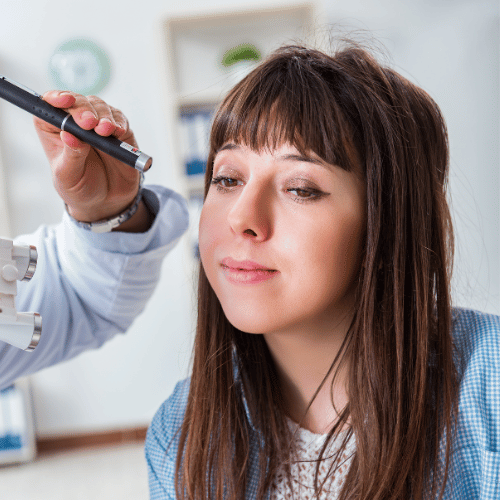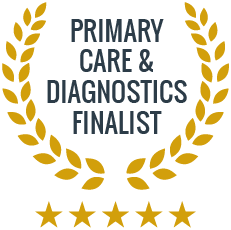
From Marathon Runner to Chronic Knee Pain
This is Tony’s story. He came to us with ongoing knee pain that worsened at work.
Conditions > Eye Stye
An eye stye, or hordeolum, is a common and usually harmless infection of the oil glands at the edge of the eyelid.
It appears as a red, swollen lump, often resembling a pimple, and can be quite uncomfortable. Styes typically develop on the outside of the eyelid, but they can also occur on the inside.
If you have concerns about your eye health, reach out to our team for a thorough evaluation.




Stye: A stye is an acute infection of the oil glands or hair follicles on the eyelid. It typically appears suddenly, causing pain, redness, and swelling. Styes are usually accompanied by discomfort and sensitivity.
Chalazion: A chalazion is a chronic, non-infectious blockage of the oil gland in the eyelid. Unlike a stye, it develops gradually and is usually painless. Chalazia are firm and less red compared to styes. They often result from the inflammation of a stye that has not fully resolved.
The main symptom of an eye stye is a small and painful lump on the outside or inside of the eyelid. It will not affect your vision.
Other symptoms generally include:


It is essential to recognise when an eye stye has become serious and when it is time to seek medical attention.
Consulting a healthcare professional is strongly advised if the stye does not improve within a week, if the swelling worsens or spreads to other areas of your face, if you experience significant vision problems or severe pain, or if you have multiple styes or frequent occurrences.
An eye stye is typically diagnosed through a careful examination of its appearance and the symptoms you are experiencing. During this evaluation, they may also inquire about your recent health history and any symptoms you have been experiencing, such as pain, swelling, or redness around the eyelid.
In most situations, additional tests are not required, as the visual and symptomatic assessment usually provides enough information for a diagnosis. However, if there are unusual symptoms or recurrent issues, further diagnostic tests might be considered to rule out other conditions or complications.


If a stye is not properly treated, the infection can spread to other parts of the eye or face, potentially leading to more severe complications like cellulitis or orbital infection. Recurrent styes may signal underlying issues such as blepharitis or other chronic eyelid conditions, and persistent cases might require a more comprehensive medical evaluation.
Improperly managed styes, or those that become infected, risk scarring or changes to the eyelid’s appearance, making prompt treatment essential to minimise these risks. In some cases, a stye may develop into a chalazion that might need different treatment methods, including possible surgical intervention.


Styes are caused by the staph bacteria and can cause persistent re-infection. Come to see a doctor to find out about treatment options and get a proper diagnosis. You can book through our online system, or give us a call and speak to a member of our team, who will be happy to help you.
We work with experienced consultants & healthcare professionals who have received positive feedback from our patients, and with whom we have established long-term relationships.
Use our online booking engine or book your test by giving us a call.
On the online booking engine select the “appointment type” you need.
You will be seen by one of our friendly doctors or trained clinicians.
Latest Episode
Tune in to our podcast to explore the world of healthcare and learn from distinguished special guests. We cover everything from preventative measures to cutting-edge treatments so that you can stay informed and up-to-date on health-related things.

This is Tony’s story. He came to us with ongoing knee pain that worsened at work.

A lot is said about medical weight loss but we are here to debunk the myths for you.

This is Kate’s story. She visited us last year and saw great improvements in her health and quality of life.
Subscribe for latest updates & news


From same-day private GP and blood test appointments to visa medicals, a sexual and reproductive health clinic, and preventative health screenings, we are here to help.
Contact Us
Accepted Insurance Companies






Please note that Walk-in Clinic is a private medical centre & not an NHS service. Harley Walk-in Clinic Ltd company registration no. 07472804